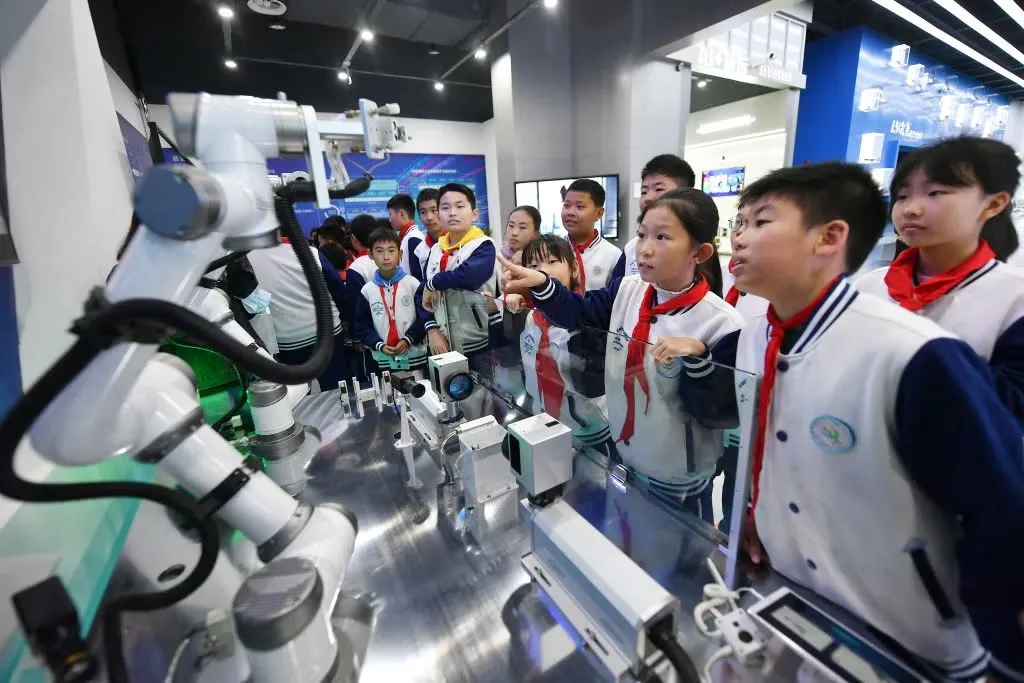As tensions rise in the AI arms race, China is turning rice fields into data centers. The goal: build a nationwide web of computing power that rivals US capabilities and chips away at its global lead.
Wuhu becomes the launchpad for China’s Stargate ambitions

On an island in the Yangtze River, the city of Wuhu is laying the foundation for what officials are calling the “Stargate of China.” The initiative involves converting farmland into mega data hubs as part of Beijing’s wider push to modernize and coordinate its AI infrastructure. Wuhu’s so-called “Data Island” now hosts centers run by Huawei, China Telecom, China Unicom, and China Mobile. These facilities will funnel AI services to the nearby economic heavyweights—Shanghai, Hangzhou, Nanjing, and Suzhou.
China reorganizes to close the AI computing gap
While the US still holds about 75% of global AI compute power, China commands just 15%. To close that gap, Beijing is restructuring its AI strategy: pushing training workloads to western provinces and keeping inference (real-time AI response generation) near population hubs. This balancing act lets the country make better use of underutilized processors in distant regions without physically relocating hardware.
Massive funding and aggressive subsidies fuel China’s expansion
Wuhu has attracted 15 major data projects, with combined investments hitting $37 billion. Local governments are sweetening the deal—covering up to 30% of AI chip costs, according to industry insiders. But China faces a critical disadvantage: export restrictions from the US have cut off access to NVIDIA’s top-tier processors. Domestic firms like Huawei and Cambricon are trying to fill the void, yet limited production capabilities remain a bottleneck.
China’s workaround: link remote chips into unified networks
Instead of shifting physical servers, China is connecting data centers using advanced networking tech. Telecom giants are stringing together far-flung locations—like Gansu and Inner Mongolia—into what amounts to one giant, virtual supercomputer. Here’s how it works:
- Multiple older centers are linked using high-speed networks
- Workloads are distributed across different locations in real time
- Redundancy ensures operations stay online even if one site fails
- Traffic is routed through Huawei and China Telecom gear
Huawei claims its proprietary UB-Mesh networking can double AI training speed by optimizing how data flows across sites.
China is scaling, but not without tradeoffs
Still, efficiency remains a hurdle. Smaller, fragmented data centers simply can’t match the raw output of singular, high-density clusters like those in the US. “Using older centers stitched together isn’t ideal,” said Edward Galvin of DC Byte. “It’s a compromise—but one China may have no choice but to make.” For now, China’s Stargate isn’t about outpacing the US—it’s about staying in the game, keeping chips humming, and building a backbone strong enough to support the next phase of AI escalation.














